Polyploid
Organism bearing the exact multiple of the basic chromosome number (x) of the species. In polyploid cells and organisms, the number of chromosome sets exceeds that of diploid. Depending on the number of chromosome sets, polyploid can be classified as triploids, tetraploids, pentaploids etc.
Good to know
In potato, 2n = 4x (tetraploid) = 48. Here,
- 2n = somatic chromosome number = 48
- n = gametic or haploid chromosome number = 24
- x = The basic chromosome number or genomic number = 12
- 2x1 + 2x2 + 2x3 + 2x4 = Distinct genome from different species.
Classification of Polyploidy
Polyploidy can be of two types. Such as:
1. Euploid
Having a chromosome number that is an exact multiple of the haploid number. In humans, the euploid number of chromosomes is 46 (2x).
- Autopolyploid (AAAA/BBBB/CCCC)
Autopolyploids are polyploids with multiple chromosome sets derived from a single taxon. Most instances of autopolyploidy result from the fusion of unreduced (2n) gametes, which results in either triploid (n + 2n = 3n) or tetraploid (2n + 2n = 4n) offspring.
That is to say, Autopolyploids created by chromosome duplication within a species.
- Allopolyploid (AABB/AABBDD)
Allopolyploids or amphipolyploids or heteropolyploids are polyploids with chromosomes derived from two or more diverged taxa. As in autopolyploidy, this primarily occurs through the fusion of unreduced (2n) gametes, which can take place before or after hybridization.
In the former case, unreduced gametes from each diploid taxa – or reduced gametes from two autotetraploid taxa – combine to form allopolyploid offspring. In the latter case, one or more diploid F1 hybrids produce unreduced gametes that fuse to form allopolyploid.
That is to say, allopolyploid created by hybridization between different species.
2. Aneuploid
Aneuploid occurs when one of the chromosomes is present in an abnormal number of copies in a cell. For example a human cell having 45 or 47 chromosomes instead of the usual 46.
a. Numerical
b. Structural
Euploid
Best safe and secure cloud storage with password protection
Get Envato Elements, Prime Video, Hotstar and Netflix For Free
Best Money Earning Website 100$ Day
#1 Top ranking article submission website
| Euploid | Number of genome more than two | Symbol |
| 1. Haploid | Gametic chromosome complement | n |
| Monoploid | One genome | x |
| 2. Autopolyploid | Genomes identical with each other | |
| Autotriploid | Three genomes | 3x |
| Autotetraploid | Four genomes | 4x |
| Autohexaploid | Six genomes | 6x |
| 3. Allopolyploid | Two or more distinct genomes | |
| Allotetraploid | Two distinct genomes | 2×1 + 2×2 |
| Allohexaploid | Three distinct genomes | 2×1 + 2×2+ 2×3 |
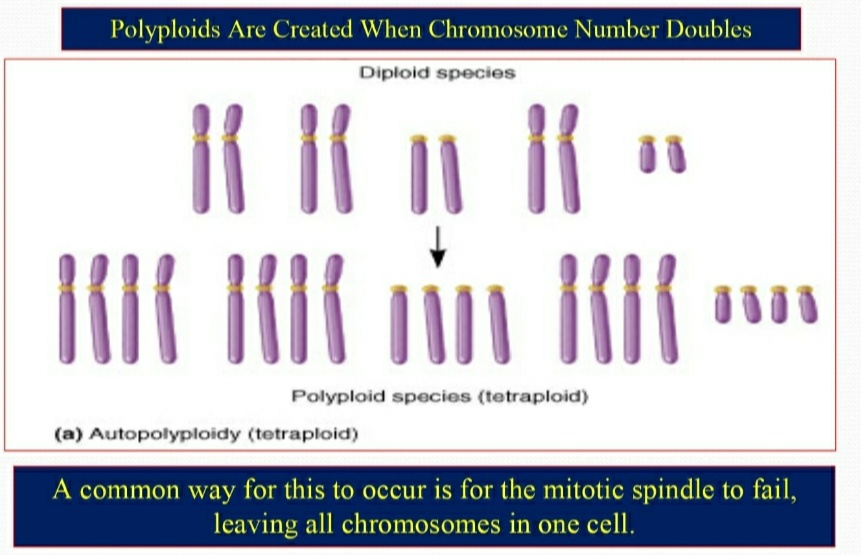
Aneuploid
a) Numerical
Numerical aneuploidy occurs when an individual either is missing a chromosome from a pair (monosomy) or has more than two chromosomes of a pair (trisomy, tetrasomy).
- Nullisomic
- Monosomic
- Double Monosomic
- Trisomic
- Double trisomic
- Tetrasomic
| Term | Type of change | Symbol |
| Aneuploid | One or a few chromosomes extra or missing from 2n | 2n±few |
| Nullisomic | One chromosome pair missing | 2n – 2 |
| Monosomic | One chromosome missing | 2n – 1 |
| Double monosomic | One chromosome from each of two diff. chromosome pair missing | 2n – 1 – 1 |
| Trisomic | One chromosome extra | 2n + 1 |
| Double trisomic | One chromosome from each of two diff. chromosome pairs extra | 2n + 1 + 1 |
| Tetrasomic | One chromosome pair extra | 2n + 2 |
Best safe and secure cloud storage with password protection
Get Envato Elements, Prime Video, Hotstar and Netflix For Free
Best Money Earning Website 100$ Day
#1 Top ranking article submission website
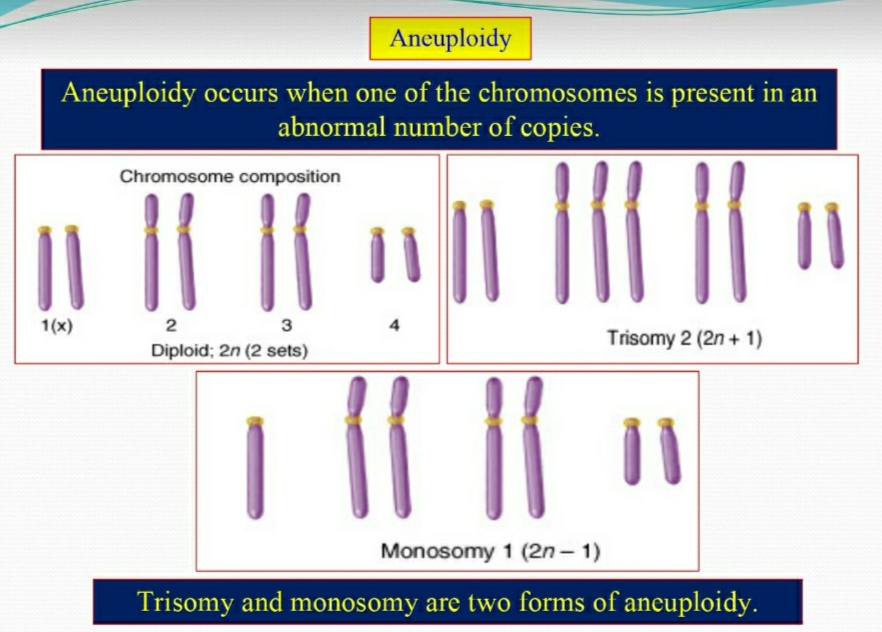
B) Structural
Structural aneuploidy is the consequence of DNA damage and/or breakage resulting in non-balanced translocations, deletions and/or duplications of large regions of chromosomes. This leads to extensive chromosome rearrangements, which often include:
- Deletion
- Duplication
- Translocation
- Inversion
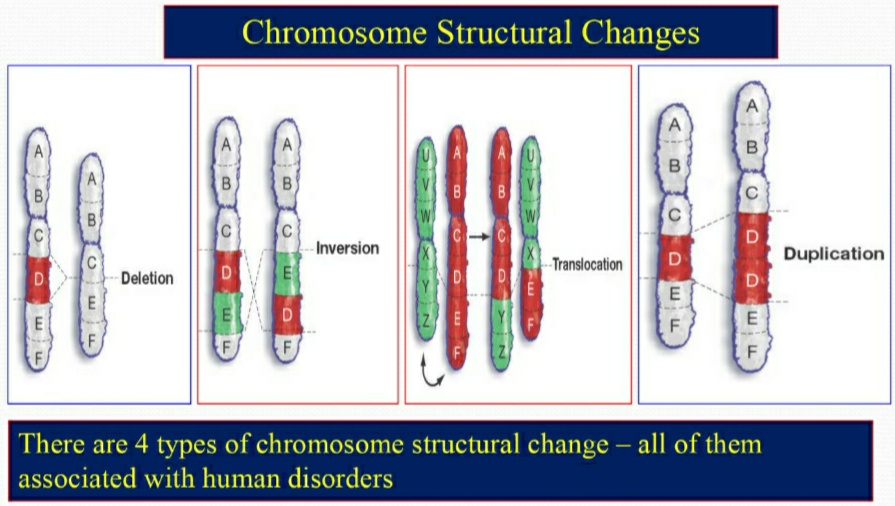
In nature, many plants are polyploids
- Triploid (3x) crops. E.g: apple, banana, watermelon etc.
- Tetraploid (4x) crops. E.g. apple, cotton, potato, peanut etc.
- Hexaploid (6x) crops. E.g. kiwi.
- Octaploid (8x) crops. E.g. strawberry, sugar cane, pansies etc.
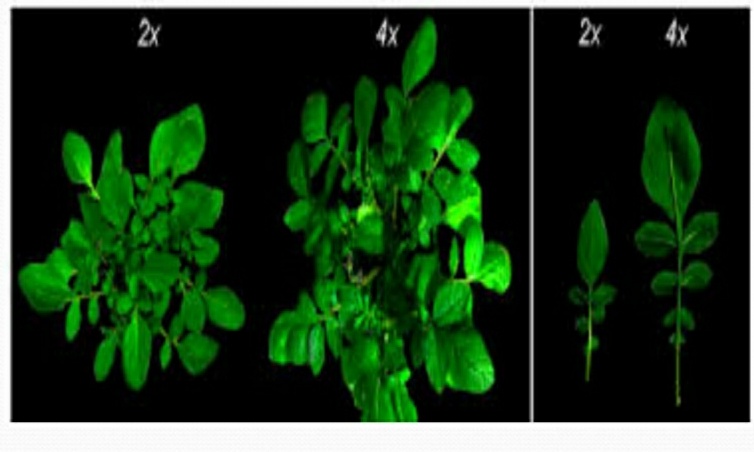
Written by
Toioba Akter Sagorika, B.S. (Hons), Department of Botany, University of Dhaka
Best safe and secure cloud storage with password protection
Get Envato Elements, Prime Video, Hotstar and Netflix For Free
 Plantlet The Blogging Platform of Department of Botany, University of Dhaka
Plantlet The Blogging Platform of Department of Botany, University of Dhaka
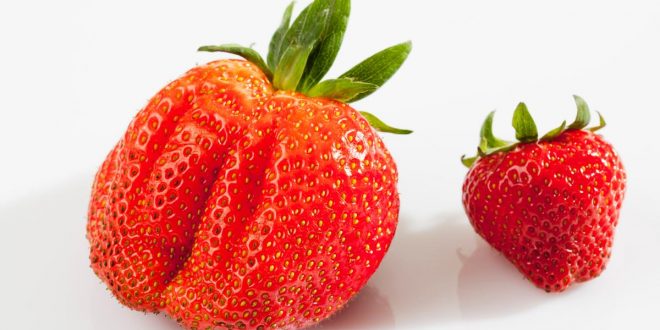
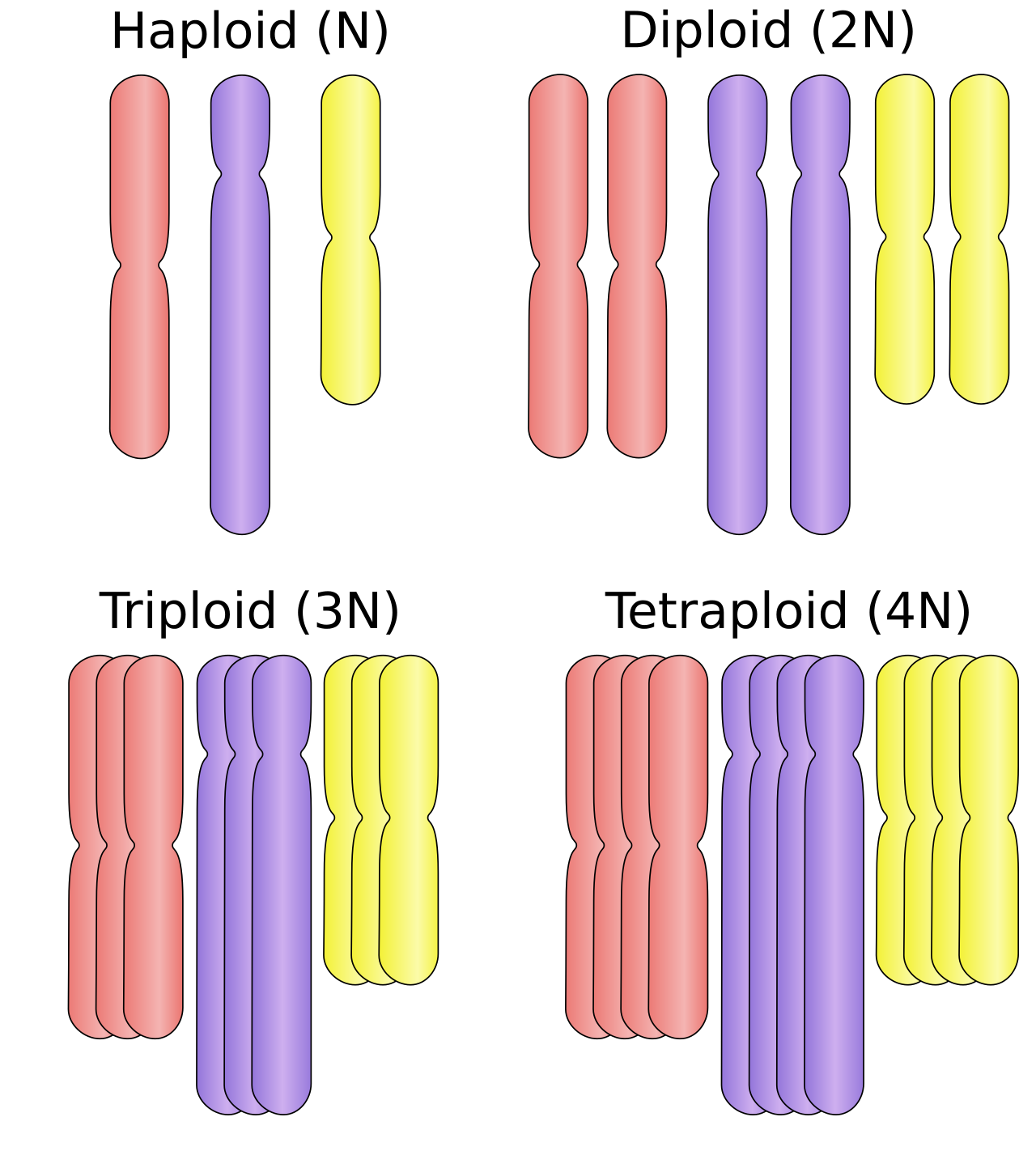

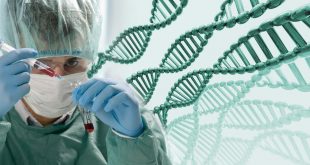

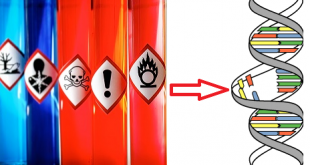
Can you be more specific about the content of your article? After reading it, I still have some doubts. Hope you can help me.